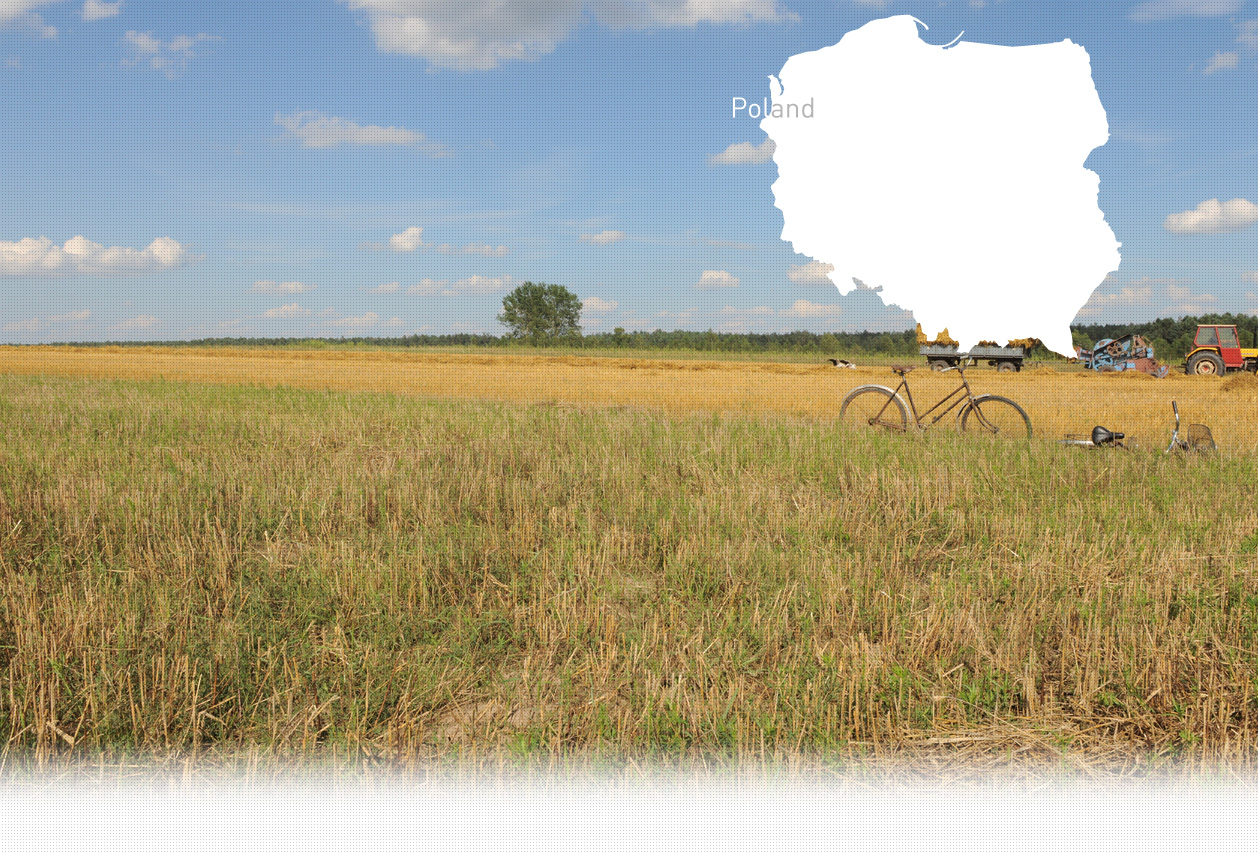

1 Killing site(s)
Tadeusz K., born in 1925, recalls: “The Germans arrived in Trzcianne on June 20 or 21. A battle for the village of Trzcianne lasted the whole night (…) A lot of soldiers arrived. And I don’t know how but they directly set fire to Trzcianne. They set fire to all of the Jewish houses, on both sides of the road. They only left those that were next to Polish houses because they didn’t want the Polish houses to burn (…) When the village started to burn, it became a real nightmare. It was a beautiful and dry day; the wind blew from the east in our direction (…) Almost everything burnt because the Jewish houses were really modest. Their roofs were made of wood shingles and they were really close to each other, so the fire spread very fast. It was the drought period, the sun was strong and it was about 30°C outside. It was very dry and the houses ignited one another (…)” (Eyewitness N°322, interviewed in Zubole, on May 15, 2014)
Court inquiries about executions and mass graves:
1. Date and place of execution: June 28, 1941 in Trzcianne.
2. Type of execution (shooting, hanging or other): shooting;
3. Personal data of the executed victims (Polish, Jews, other nationalities): Jews;
Origin of the victims: local Jewish population of the village of Trzcianne; there were about 3000 Jews living in Trzcianne; 600 of those 3000 Jews were shot; the whole village was burned; the executions started on June 28, 1941 and lasted until July 01, 1941;
(Deposition of Jurek M., 38 years old; RG-15.019M Reel#1)
Trzcianne is a village in Monki County, Podlaskie Voivodeship, in northeastern Poland. The first Jews arrived in Tzcianne in the 18th century. Trzcianne was one of many polish shtetls, or a small town with a large Jewish population. Indeed, in 1909, 98% of Trzcianne’s population was Jewish. Right before the Second World War, there were about 2500 Jews living in Trzcianne.
The Germans occupied Trzcianne on September 14,1939, but a few days later, they evacuated the village to make way for the Soviet army. At the end of June 1941, a few days after the launch of "Operation Barbarossa", the Germans arrived in Trzcianne. Right after their arrival, they set fire to the whole village. Then, they gathered together more than1000 local Jews in the neighboring village of Zubole. The Jews were kept in the gravel pit and then in a barn for almost a week before the series of shootings took place. According to different sources (archives, eyewitness testimonies, etc.), 400-700 Jews were shot during these executions. The rest of the Jews were released. The victims were buried at the execution site. In autumn of 1941, a ghetto was created in Trzcianne. It lasted until November 2,1942, when the Jews from the ghetto were sent to the Bogusze transit camp. A few weeks later, with Jews from surrounding town and villages, they were sent to Treblinka and Auschwitz death camps. Only 25 Trzcianne Jews survived the Holocaust.
Do you have additional information regarding a village that you would like to share with Yahad ?
Please contact us at contact@yahadinunum.org
or by calling Yahad – In Unum at +33 (0) 1 53 20 13 17